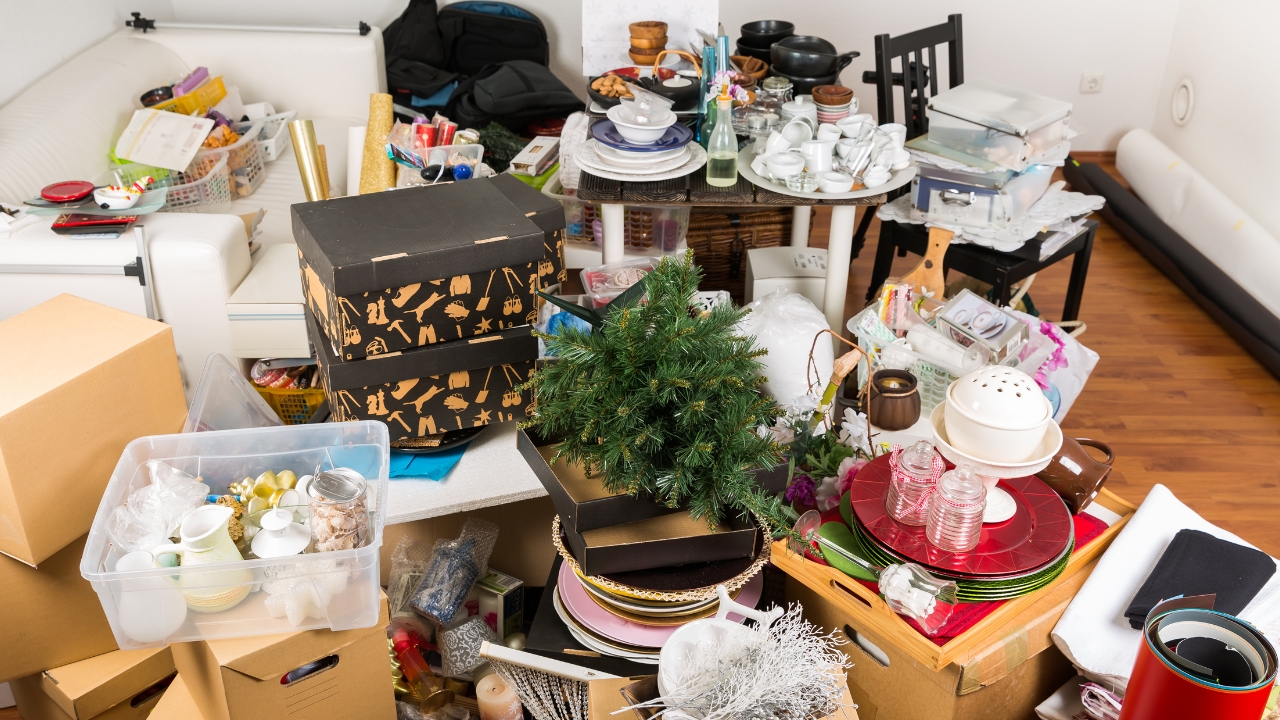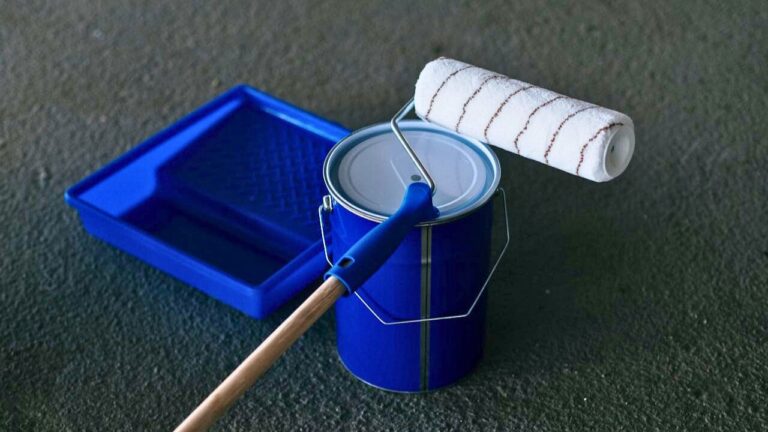How to make your small room feel less like a storage closet
Small rooms get assigned every leftover task—guest bed, office, gear, overflow toys. No wonder they feel like closets. The fix is deciding the room’s first job, building storage that obeys that job, and stealing tricks from tiny hotels: clear floor lines, vertical storage, light at eye level, and tight color decisions.
Pick the job. Then make the space earn it.
Declare one primary purpose
If the room is everything, it’s nothing. Choose “guest room + desk” or “playroom with reading nook.” Write it at the top of a sticky note and tape it to the door. Anything that doesn’t serve that job moves out or goes into hidden storage. This is how you stop the steady creep back into “closet.”
One purpose gives you permission to say no to the extras that sneak in.
Clear the floor line and show the legs
Furniture with visible legs makes a room feel bigger because you can see more floor. Skirted pieces and storage tubs creeping out from under beds make the room read heavy. Use bed risers and a tailored under-bed box with a lid if you need the space, but keep the view clean. The floor is your illusion machine.
Cords count. Tidy them with clips or a cable box so they stop stealing attention.
Max the walls before you buy more furniture

Float shelves high and keep lower half of walls clearer. One tall bookcase beats two short ones. Peg rails handle backpacks, headphones, and jackets without adding a bulky cabinet. A wall-mounted folding desk flips down for work and disappears in seconds. Going vertical is what lets a small room breathe.
Hang hooks behind the door for the items you use the most. That blank space is prime real estate.
Pick a compact bed strategy
In a guest room, a daybed or a Murphy bed frees floor on normal days. In a kid room, a loft or captain’s bed with drawers can replace a separate dresser. If you’re stuck with a full bed, use a narrow side table and a wall sconce to keep walkways open. Comfort still matters, but so does traffic flow.
Measure door swing so you’re not blocking the entrance without realizing it.
Choose a tight color palette and repeat it
Light walls help, but the real trick is fewer colors overall. Keep walls, curtains, and larger textiles in the same family so the edges blur. Add interest with texture—waffle blankets, woven baskets, matte frames, linen shades. Busy patterns and ten different colors make a small footprint feel even smaller.
If you want contrast, use it once—a dark headboard or a single bold print—and let everything else support it.
Add mirrors and light where you use the room

Mirrors opposite windows double light and expand a wall visually. A plug-in sconce above a desk or nightstand frees surface space and lights faces at the right height. One lamp in each corner is better than a single overhead. Lighting layers are how tiny hotel rooms look pleasant instead of cramped.
Warm bulbs only. Cool light is hard on skin and makes rooms feel sterile.
Corral the job-specific tools
If it’s a work room, make a “project box” you can close and slide onto a shelf at day’s end. If it’s a playroom, keep open bins with photo labels at kid height. If it’s a guest room, make one drawer with basics (charger, tissues, spare toothbrush) and keep the rest empty so guests don’t feel like they’re sleeping in your storage locker.
Bins need lids in small rooms. Visual calm is your space multiplier.
Set an intake rule and stick to it
Small rooms can’t absorb constant “just for now” items. One in, one out. If a new bin, chair, or piece of gear enters, something leaves. Keep a donate bag in the closet so outflow is easy. Without this rule, the room will drift back into closet mode in three weeks.
Do a five-minute reset every night. Clear surfaces, close boxes, straighten the rug. That’s what keeps the progress visible.
Small rooms feel bigger when they tell one clear story and the floor line stays clean. Choose the job, go vertical, show the legs, keep colors tight, add mirrors and layered light, and protect the boundaries with a nightly reset. The square footage didn’t change. The way it works did—and that’s what you’ll feel.
Like Fix It Homestead’s content? Be sure to follow us.
Here’s more from us:
8 upgrades that look like you spent thousands (but didn’t)
9 small changes that instantly make a house feel high-end
*This article was developed with AI-powered tools and has been carefully reviewed by our editors.







